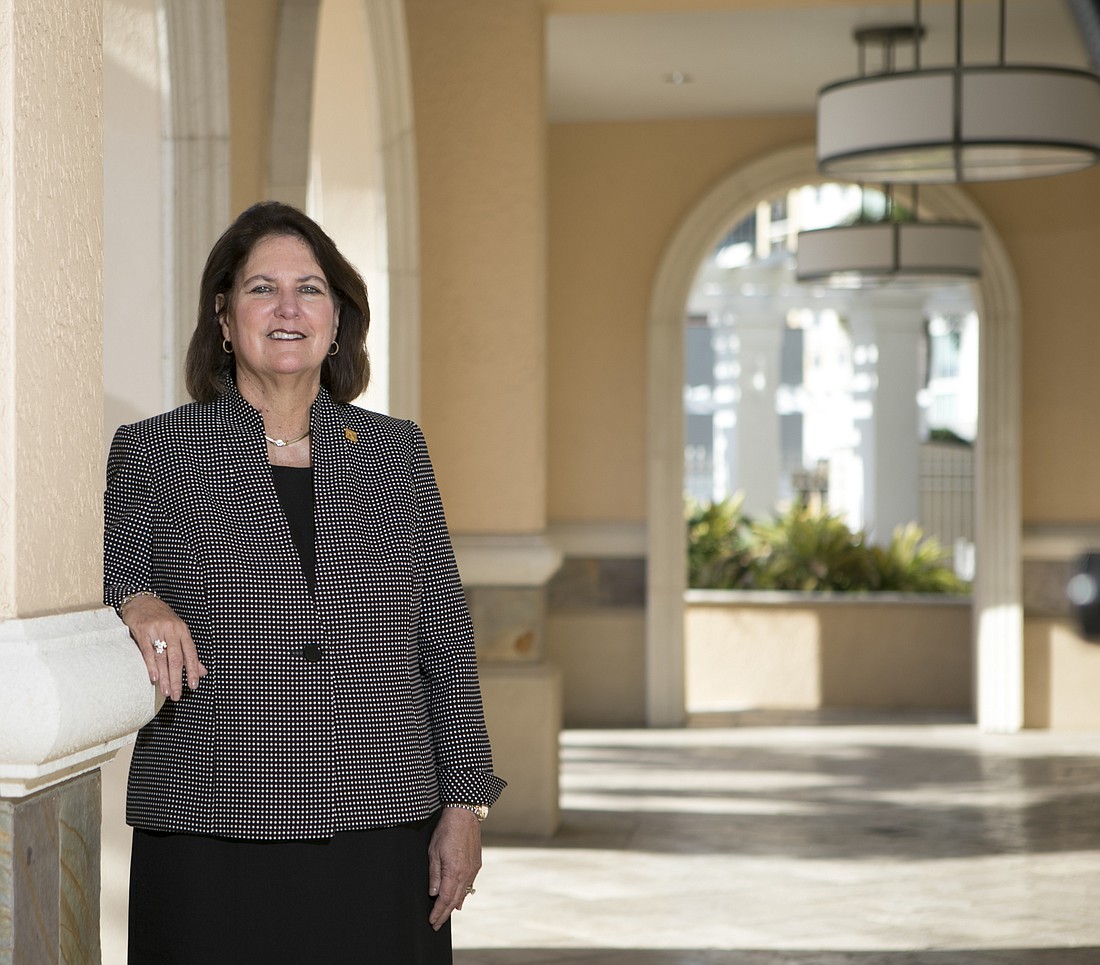- January 16, 2025
-
-
Loading

Loading

COMPANY: It's been a big year for Pilot Bank, which expanded its reach to Pinellas County, opening a branch in the busy Fourth Street corridor just north of downtown St. Petersburg. Then, in June, shares of the bank’s parent holding company, Pilot Bancshares Inc., began trading on the OTCQX securities market. President Rita Lowman says Pilot Bank’s revenue has increased 25% in 2019, and while she doesn’t expect growth to be quite that strong next year, 2020 should “be a solid growth year … I believe we’ll see healthy growth.” The bank had $402.5 million in assets through June 30, according to Federal Deposit Insurance Corp. data.
OPPORTUNITIES: Lowman says the strength of Florida’s economy and its subsequent allure for entrepreneurs will continue to be a boon for Pilot Bank’s SBA lending program in 2020. The bank recently hired a second SBA loan specialist, Javier Jorge, a graduate of USF St. Petersburg who worked for C1 Bank as assistant vice president and SBA client manager prior to that institution’s acquisition by Bank OZK. “But what’s interesting with our SBA program is we know our clients,” Lowman says. “We’re not buying SBA-brokered loans. We’re banking the clients — our SBA clients are truly clients of ours. They have their operational accounts with us, and we find that very important. We’re not going after every SBA loan — we’re going after the relationship.”
THREATS: President Donald Trump’s trade war with China and penchant for tariffs loom as threats for banks and other financial institutions — big, small and everything in between, says Lowman. “The trade negotiations that are going on will have an effect on global economic growth and could possibly slow us down a little bit,” she says. Also, for banks in particular, the tax-exempt status of credit unions continues to be contentious. Lowman, a past chairwoman of the Florida Bankers Association, says that organization’s public opinion research indicates most Americans would support a measure that forced big credit unions — institutions with more than $500 million in total assets — to pay state and federal taxes. “We want smaller credit unions to do what they do well, but the larger ones have moved away from what their mission was.”